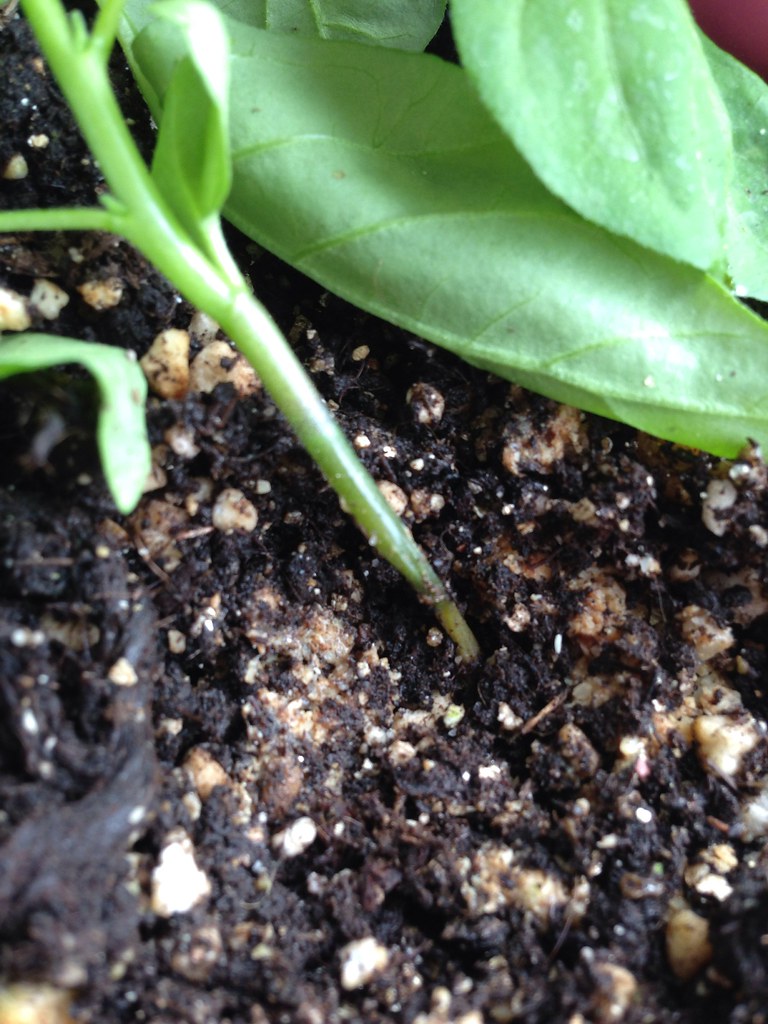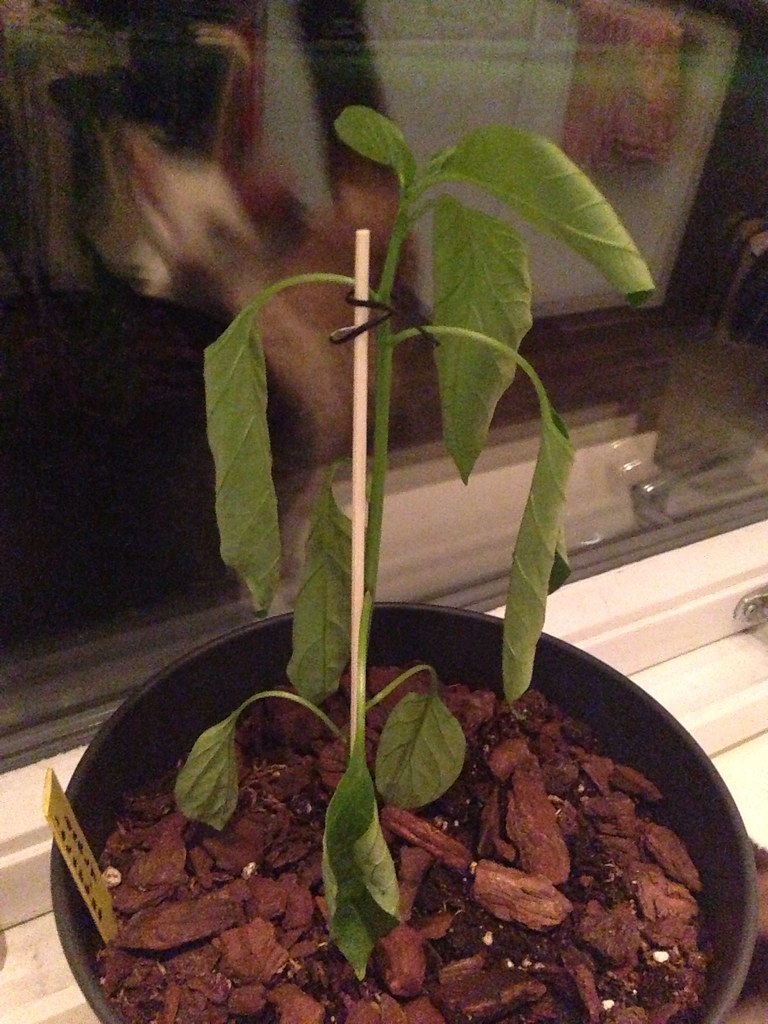NorwegianChili
Banned
Why is this happening? It happened some days after receiving bonemeal! Its like the stem has dyed just below the surface of dirt. Rest is in good condition.



Google is your friend.NorwegianChili said:damping off?
NorwegianChili said:And I guess the plants who have fallen over is dead and just to throw away:/


'Jetchuka', on 10 Jul 2011 - 7:56 PM, said:
Thanks for the actual temps Jet. My stove goes from "warm" to "200" as the first setting. I havne't gotten complete sterilization with anything below 200. This may be a variance within my oven, but it's still good to know the exact numbers.Jetchuka said:Past 180-190f is when is when potting soil becomes toxic, you cut it close at 200f imho. At least that's what i've read in some online publications.
Next time i'd advise something closer down to 170-180f (?) You can also turn the soil a little bit after 20 minutes so it heats the middle more thoroughly.
Thanks
